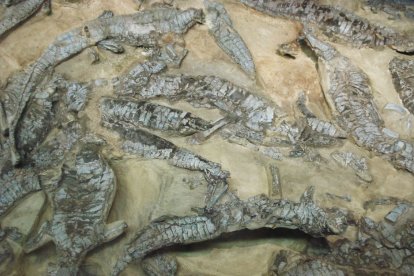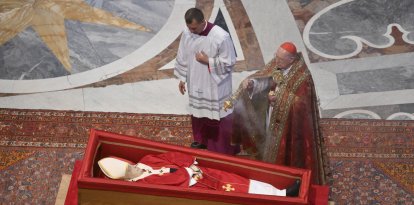Texas: New giant crocodile ancestor discovered in Garza County
A team of paleontologists cataloged and identified the remains of a Garzapelta muelleri.

(Wikimedia Commons)
Researchers at the University of Texas discovered a new ancestor of the crocodile buried in Garza County. The remains are from a Garzapelta muelleri, an aetosaur from more than 200 million years ago, which is closely related to today's crocodiles.
Aetosaurs are popularly known as the tanks of the Triassic since they are from this era. This reptile, which moved on four legs, had hard and resistant armor on its back. Evidence has been found among its remains. Despite being a relative of the crocodile, Garzapelta muelleri, also a predator, was an essentially herbivorous reptile.
A team from the University of Texas at Austin worked to collect and identify all the parts of the reptile, which were found in Garza County. The dinosaur got its name from its distinct characteristics. Pelta means "shield" in Latin. The Garzapelta's armor was essential to correctly identify it as a separate species from the other aetosaurs that had already been cataloged. Finally, the last part of its name refers to Bill Mueller, the paleontologist who discovered the remains of this ancient reptile. These remains were kept at the University of Texas until they were correctly identified this year.
According to the University of Texas, the bony plates that covered Garzapelta and other aetosaurs are called osteoderms. They were embedded directly into the skin and formed an armor by fitting together like a mosaic. In addition to the bony plates covering its body, Garzapelta's sides were flanked by curved spikes that provided another layer of protection against predators.
RECOMMENDATION





















